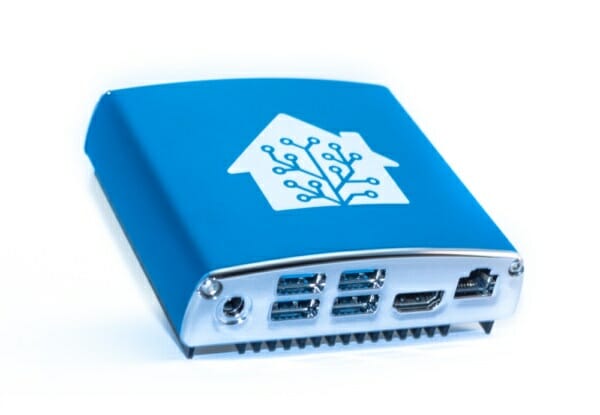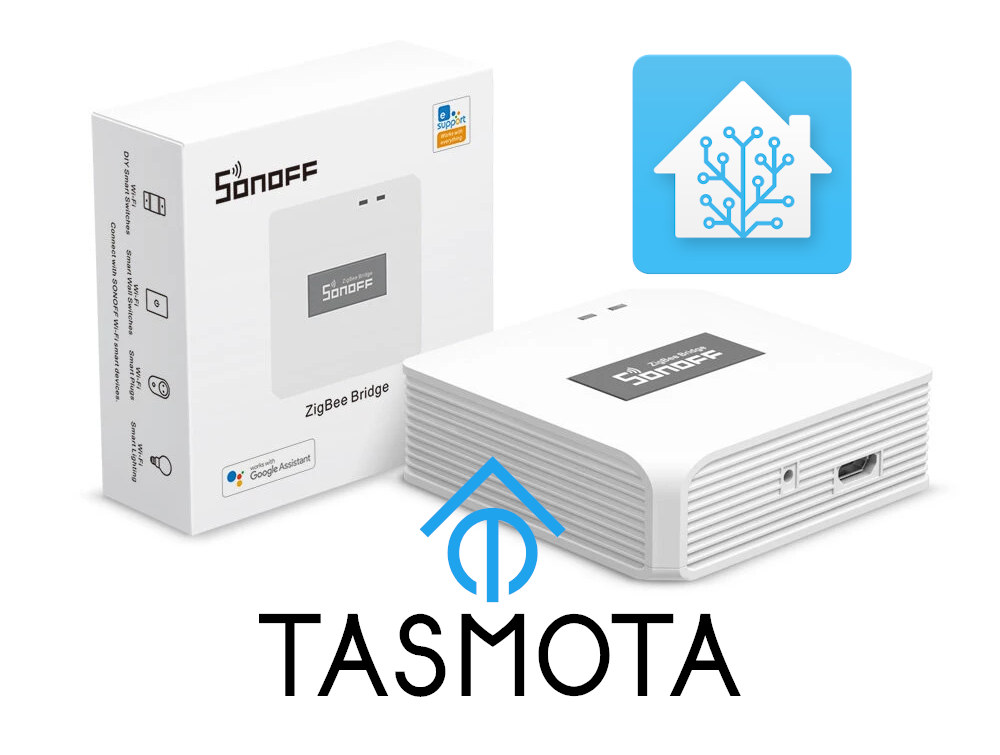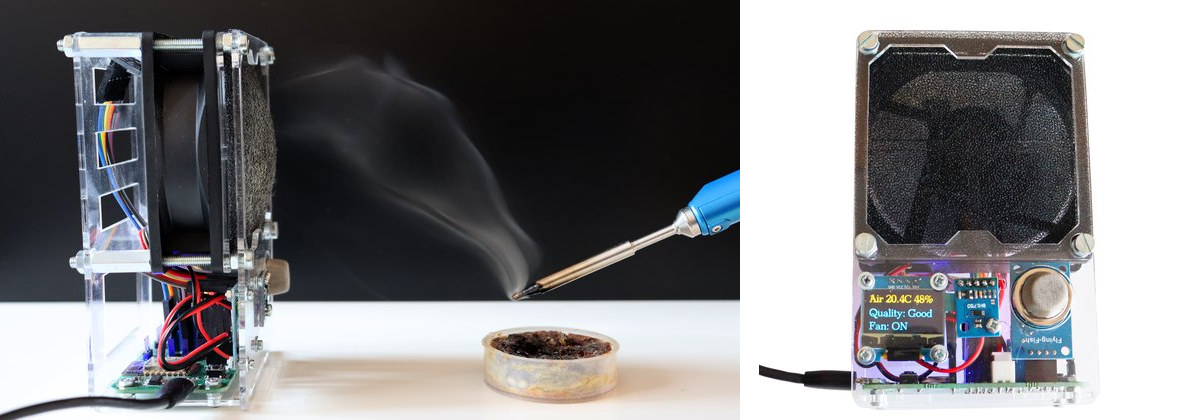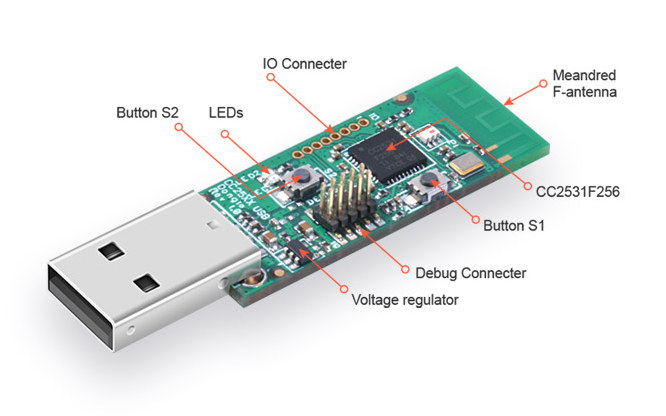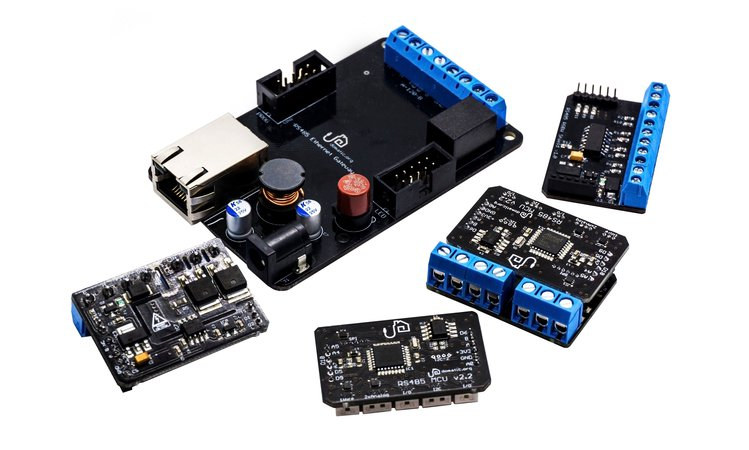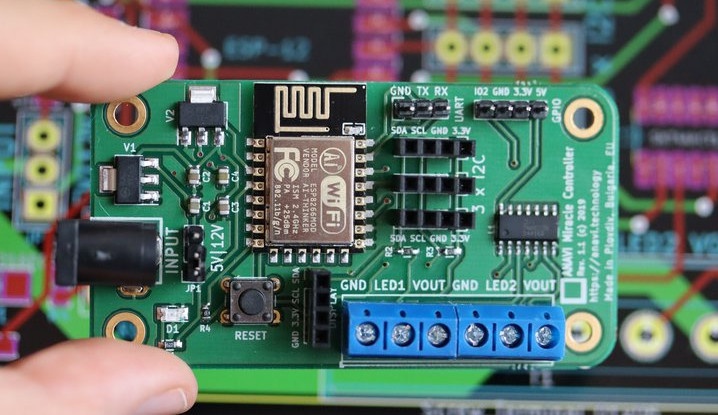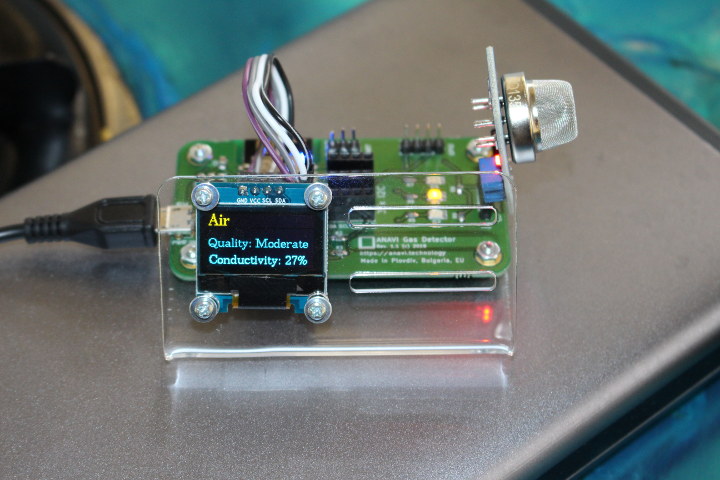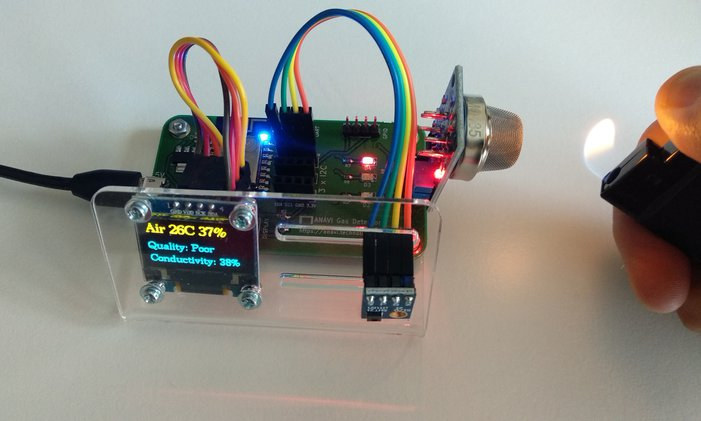Home Assistant has announced “Home Assistant Blue” hardware with an enclosure designed by Hahn Werke housing Hardkernel ODROID-N2+ SBC, and software supported by BayLibre who helped upstreaming the code. The goal is to make Home Assistant Blue a fully open-source platform with long-life support. The device was officially announced during the Home Assistant Conference 2020 held a couple of days ago. Home Assistant Blue home automation gateway uses the 4GB DDR4 version of the Amlogic S922X SBC, ships with a 128GB eMMC flash module, and offers Gigabit Ethernet and four USB 3.0 ports. As I understand it, the gateway will run the latest Home Assistant Core 2020.12 that was announced at the conference with a new feature called Blueprints defined as “pre-created automation with user-settable options”, as well as new neural voices for Nabu Casa Cloud TTS (Text-to-Speech), the ability to temporarily disable devices, and more. The release was initially […]
Sonoff Zigbee Bridge Now Supports Tasmota Firmware, Home Assistant, Zigbee2Tasmota
Sonoff ZBBridge (aka Sonoff Zigbee Bridge) WiFi to Zigbee gateway was launched a few months ago for $16.90 plus shipping, and it’s now also listed on Banggood for $17.99 shipped. It allows users to control Zigbee devices connected to the gateway using the eWelink mobile app used with other Sonoff devices. But many people like to run Tasmota firmware on their Sonoff devices since it’s open-source and provided more flexibility such as integration with Home Assitant or Domoticz. There was already support for Zigbee in Tasmota at the time but only for Texas Instruments SimpleLink CC253x Zigbee MCU’s, and Sonoff ZBBridge is made of an ESP8266 WiSoC and a Silicon Labs EFR32MG21 Gecko Series 2 Cortex-M33 Zigbee microcontroller. So I just suspected that eventually, Sonoff Zigbee Bridge could support Tasmota open-source firmware but that would take some time… It took about four months. Not too bad. It started in the […]
ANAVI Fume Extractor Comes with ESP8266 WiSoC, MQ-135 Gas Sensor (Crowdfunding)
Last year, I played with ESP8266 based ANAVI Gas Detector Starter Kit reporting air quality via an MQ135 sensor on an OLED display, and integrated it with Home Assitant to monitor air quality from a neat web dashboard. The developer, Leon ANAVI, has now adapted the design to create ANAVI Fume Extractor by basically adding a relay to control a control. The fan can be turned on/off manually, or automatically upon detecting bad air quality. ANAVI Fume Extractor key features and specifications: Fan – 80 mm, 5 V DC, 0.25 A with replaceable filter SoC – ESP8266 Tensilica L106 32-bit wireless processor Connectivity – 802.11 b/g/n Wi-Fi 4 Display – Mini OLED display Sensors – Optional MQ-135 for air quality or any other 5V MQ analog gas sensor Expansion – 3x headers for I²C sensors Debugging / Programming – UART pins for flashing custom firmware, Misc – Button, WiFi on/off […]
$4 ITEAD CC2531 Zigbee USB Dongle Works with Zigbee2MQTT Out of the Box
Some of ITEAD Studio’s Sonoff home automation devices include Zigbee connectivity with for instance Sonoff BASICZBR3 smart switch or a version of Sonoff S31 smart socket with integrated Zigbee. Those devices usually work via a Zigbee enabled gateway that could be a router, Raspberry Pi SBC, or mini PC, which ITEAD did not offer so far. But to help people making their own Zigbee gateway the company is now selling a low-cost ($3.99) CC2531 USB dongle preloaded with CC2531ZNP-Prod firmware (Zigbee coordinator firmware), and compatible with Zigbee2MQTT open-source Zigbee to MQTT bridge once plugged into a PC, Raspberry Pi, or another Linux SBC. ITEAD CC2531 Zigbee USB dongle specifications: MCU – Texas Instruments CC2531F256 Zigbee and IEEE 802.15.4 wireless MCU with 8kB RAM, 256kB Flash pre-loaded with CC2531ZNP-Prod firmware for zigbee2mqtt application Host Interface – USB 2.0 male port Expansion – 8-pin unpopulated header with 8 I/Os Debugging – Debug […]
GetWired Aims to Make RS-485 Wired Home Automation Affordable and User-friendly (Crowdfunding)
You may think about installing a home automation system, and WiFi may appear like the obvious way to go since it removes the need for cumbersome cabling, but wired networks are more reliable and secure, and there’s no need for batteries to be recharged or replaced. However, such wired home automation systems may be difficult to install and are often expensive, so Domatic decided to work on a solution to lower the costs and improve the ease of installation and use. Meet GetWired RS-485 wired home automation solution. Getwired is comprised of four modules communicating over the standard RS-485 protocol: MCU Module based on Microchip ATMEGA328PB MCU @ 8 MHz with 64KB SPI flash, an RS-485 transceiver, a 12-pin interface for connecting shields and 6 different Molex connectors for I/O including PWM, analog, interrupt pins, as well as I²C and 1-wire interfaces – Dimensions: 40 x 25 mm 2SSR Shield […]
ANAVI Miracle Controller WiFi Board Drives Addressable LED strips (Crowdfunding)
Last year, we wrote a tutorial showing how to control an RGB LED strip Control ANAVI Light ESP8266 controller. The board only works with standard non-addressable 12V LED strips however, and Leon ANAVI received requests to support 5V and 12V addressable LED strips such as NeoPixels, WS2811, WS2812, or TM1804. So he updated ANAVI Light Controller design and has now launched a new open-source hardware certified board based on ESP8266 WiFi chip: ANAVI Miracle Controller. ANAVI Miracle Controller specifications: MCU – Espressif Systems ESP8266 Tensilica L106 32-bit processor Connectivity – Wi-Fi 4 802.11 b/g/n LED Strips Support – Up to two 5V or 12 V addressable LED strips; Supported models include WS2812, WS2812B, WS2811, TM1804, etc. (LED strip chipsets supported by the FastLED library) Expansion 4x I2C header for mini OLED display, sensors, and others 4-pin “GPIO” header with 1x GPIO, GND, 3.3V, and 5V signals Misc – Reset button, […]
Getting Started with ANAVI Gas Detector Starter Kit and Home Assistant
ANAVI Gas Detector is an ESP8266 based board designed for MQ gas sensors supported by Arduino. This allows you to easily monitor air quality, or more accurately air conductivity using MQ-135 sensor as part of the starter kit either visually on the OLED display, or through your smartphone or computer using MQTT via automation platform such as Home Assistant. Leon Anavi sent me an ANAVI Gas Detector Starter Kit to have a look, and I’ll report my experience with the kit using it standalone, and through Home Assistant. Starter Kit Unboxing The kit contains the open-source hardware, ESP8266 based ANAVI Gas Detector board, a plastic stand, an OLED display, a USB to serial adapter, a gas sensor, and a few KiCad and ANAVI stickers. The board itself comes with an ESP8266MOD module, features a micro USB port for power, a reset button, four LEDs, a UART console, a 4-pin GPIO […]
ANAVI Gas Detector ESP8266 Board Monitors Air Quality, Toxic Gases (Crowdfunding)
Leon ANAVI is a software engineer with an interest in open-source hardware, and he had previously launched several ANAVI boards for home automation based on Espressif ESP8266 or for Raspberry Pi boards including ANAVI thermometer, ANAVI light controller, and ANAVI Infrared pHAT among others. Leon has now introduced a new board on Crowd Supply: ANAVI gas detector. The board is powered by ESP8266 WiSoC providing WiFI connectivity, and supports MQ gas sensor modules such as MQ-135, MQ-2, or MQ-3 in order to monitor air quality and detect gas leaks. ANAVI gas detector board specifications: Wireless Module – Based on ESP8266 Tensilica L106 32-bit processor with Wi-Fi 4 802.11 b/g/n connectivity Display – Optional Mini OLED display Gas sensor support – MQ-135 for air quality or any other 5V MQ analog gas sensor Expansion – 3x slots for I²C sensors Debugging / Programming – UART pins for flashing custom firmware Misc […]


